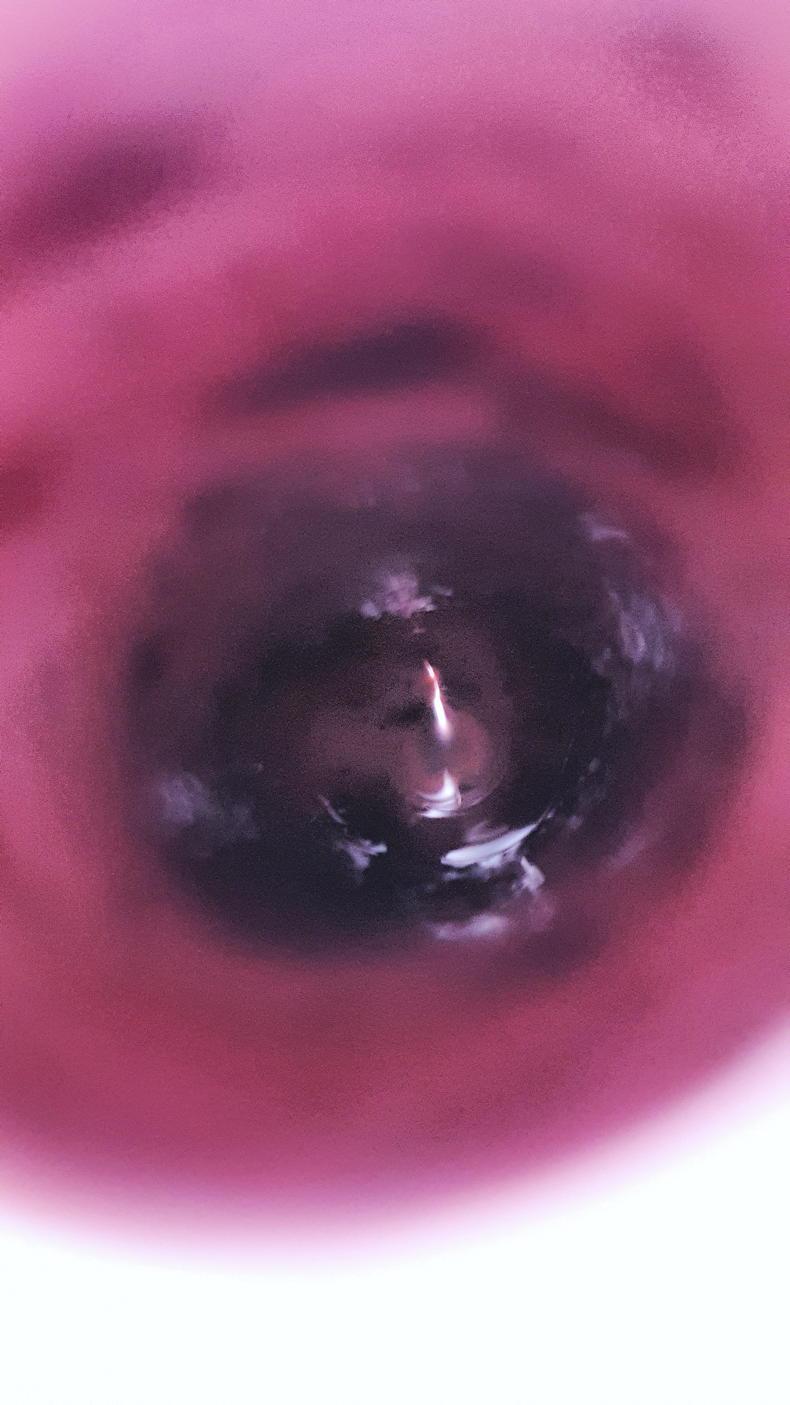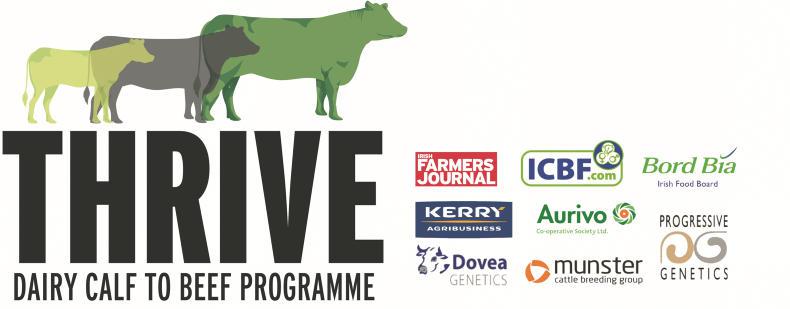Dairy-beef calves are arriving on rearing farms across the country in large numbers at this stage of spring.
While visiting a farm that was preparing for calf arrival this week, the topic of teats on the calf feeder came up.
The farmer planned to change any teat that was cracked or leaking, but was planning on just changing those that looked like they had seen better days.
Storage
The farmer informed me that the feeders were thoroughly washed and cleaned with hot water at the end of the rearing phase last year and were stored dry in a shed loft.
However, on closer inspection, when replacing the few that looked like they needed changing, the farmer was shocked at the state of the inside of teat.

The inside of a teat that was cut off the feeder. A build-up of mould can be seen on the inside of the teat from last year.
While the outside looked perfectly clean, when the teat was cut open with a knife, a layer of mould was visible on the inside surface of teat.
Hygiene
Feeder hygiene is really important for calf rearing. Any build-up of bacteria or moulds can cause sickness in calves.
There have been reports of higher instances of bloat in calves this year and while this is not the sole reason for calf bloats, poor feed hygiene can be a contributing factor in some cases.
Feeding speed
New teats will also help with reducing the speed at which the calf drinks.
If calves take too much milk in too quickly, it can also have negative effects on digestion and calf health.
Do not tamper with the hole size in the teat to quicken the feeding process - teats are designed to mimic the flow rate of milk from a cow.
At a cost of around €4/teat, it is a small investment to help minimise any risk.

Dairy-beef calves are arriving on rearing farms across the country in large numbers at this stage of spring.
While visiting a farm that was preparing for calf arrival this week, the topic of teats on the calf feeder came up.
The farmer planned to change any teat that was cracked or leaking, but was planning on just changing those that looked like they had seen better days.
Storage
The farmer informed me that the feeders were thoroughly washed and cleaned with hot water at the end of the rearing phase last year and were stored dry in a shed loft.
However, on closer inspection, when replacing the few that looked like they needed changing, the farmer was shocked at the state of the inside of teat.

The inside of a teat that was cut off the feeder. A build-up of mould can be seen on the inside of the teat from last year.
While the outside looked perfectly clean, when the teat was cut open with a knife, a layer of mould was visible on the inside surface of teat.
Hygiene
Feeder hygiene is really important for calf rearing. Any build-up of bacteria or moulds can cause sickness in calves.
There have been reports of higher instances of bloat in calves this year and while this is not the sole reason for calf bloats, poor feed hygiene can be a contributing factor in some cases.
Feeding speed
New teats will also help with reducing the speed at which the calf drinks.
If calves take too much milk in too quickly, it can also have negative effects on digestion and calf health.
Do not tamper with the hole size in the teat to quicken the feeding process - teats are designed to mimic the flow rate of milk from a cow.
At a cost of around €4/teat, it is a small investment to help minimise any risk.









 This is a subscriber-only article
This is a subscriber-only article












SHARING OPTIONS: